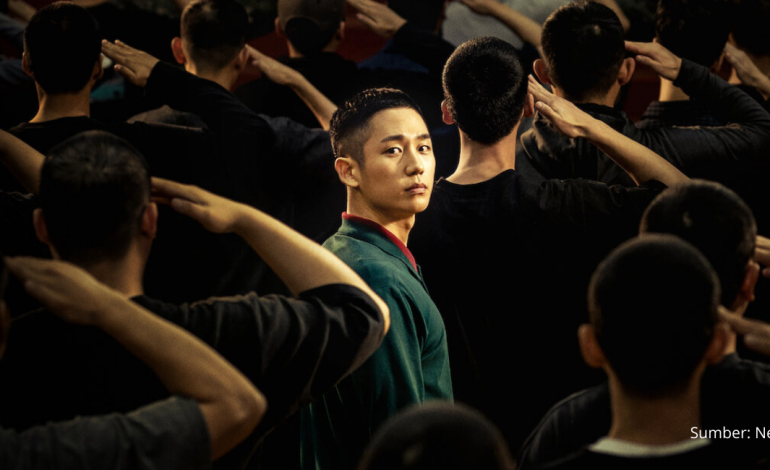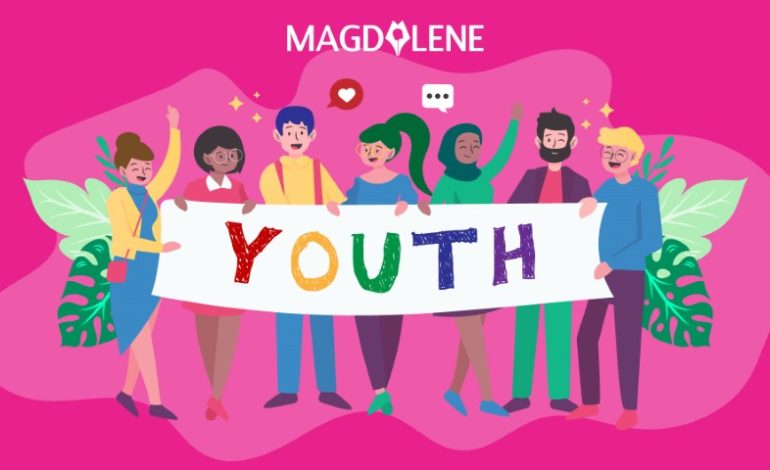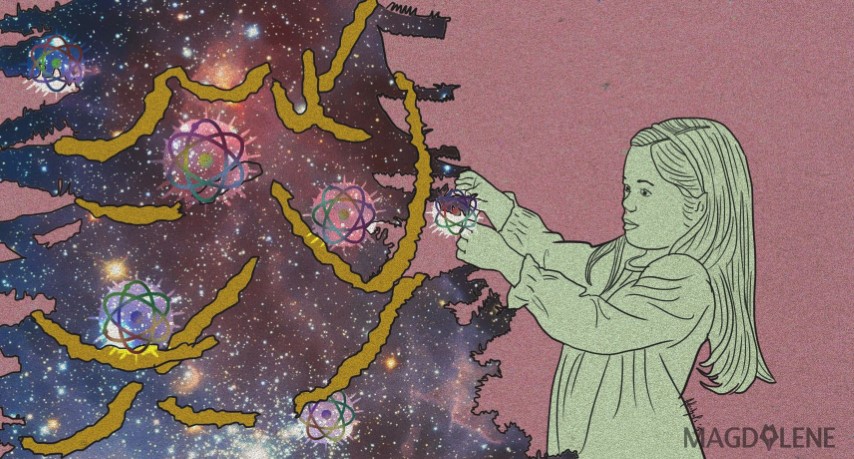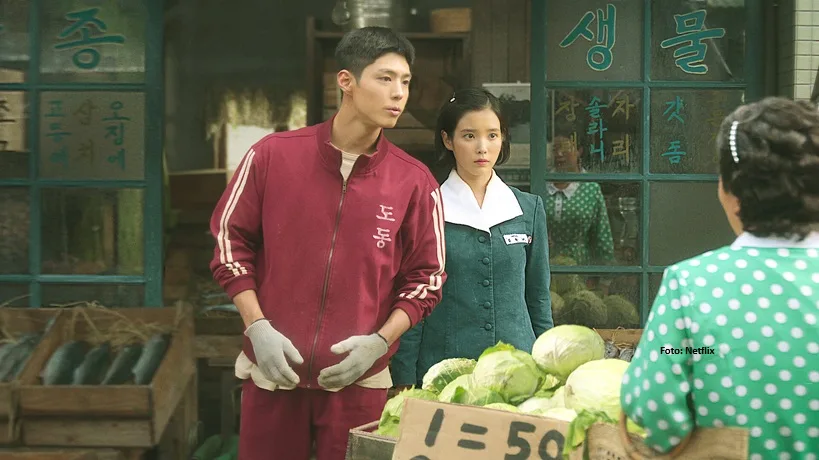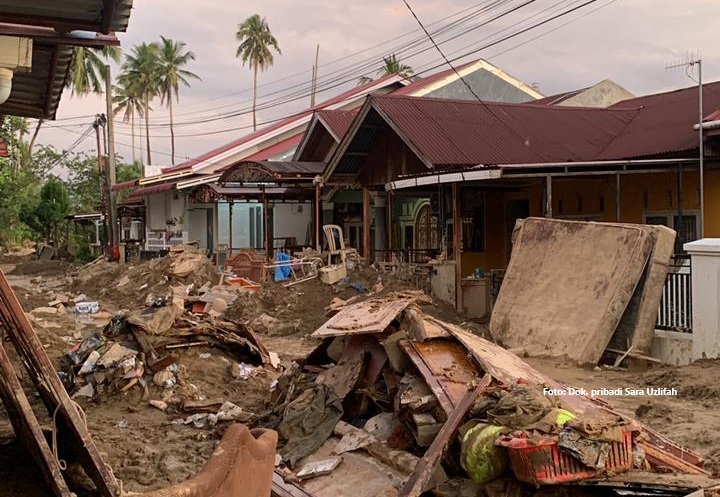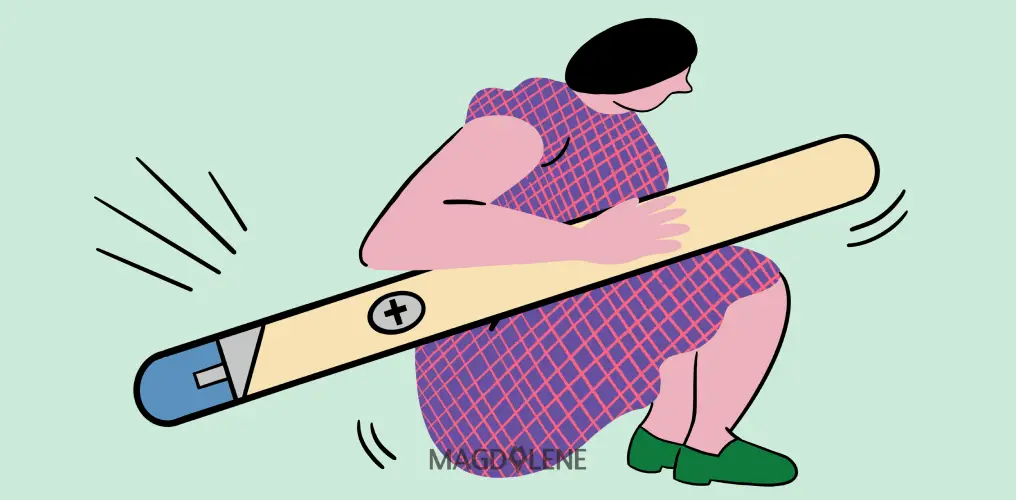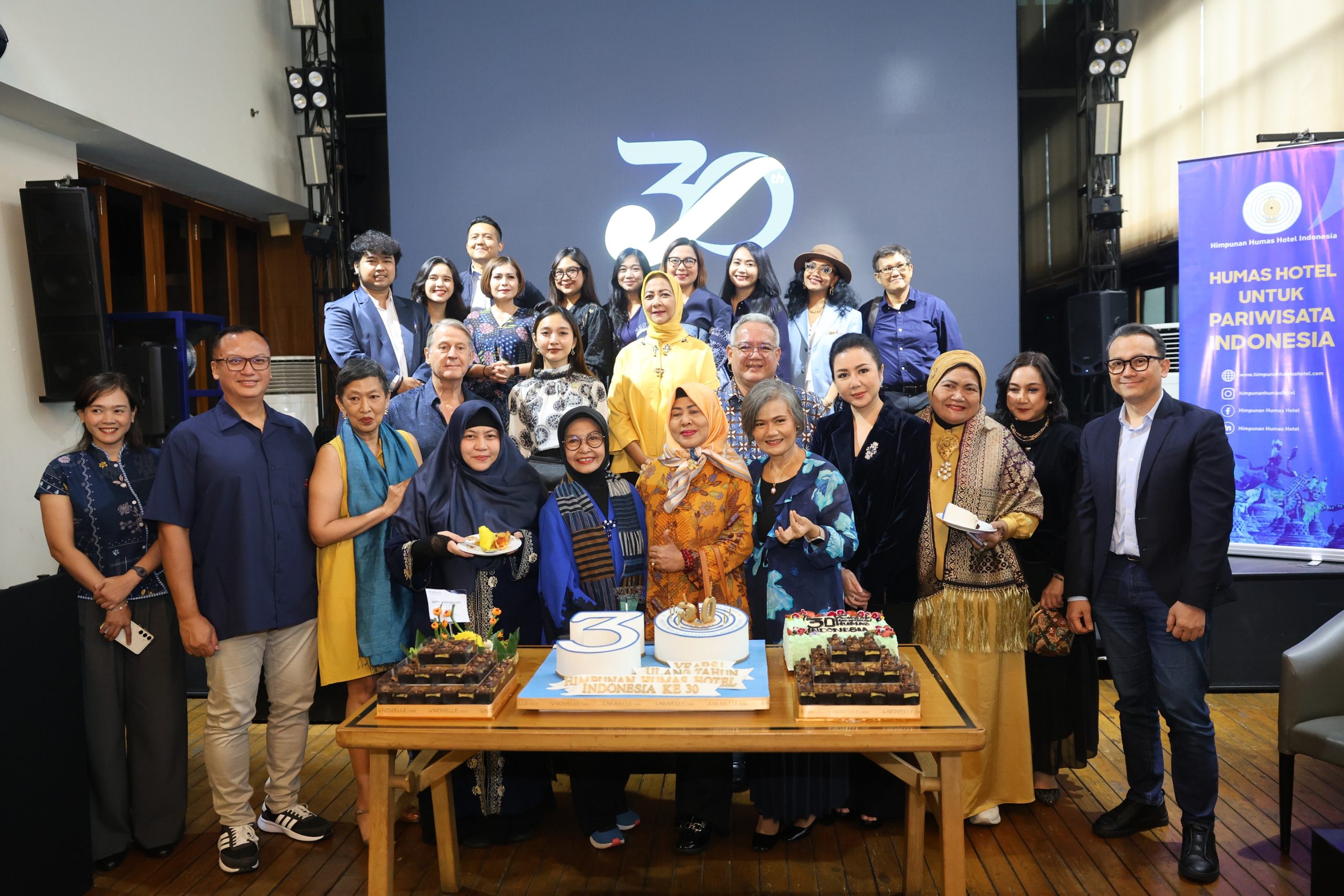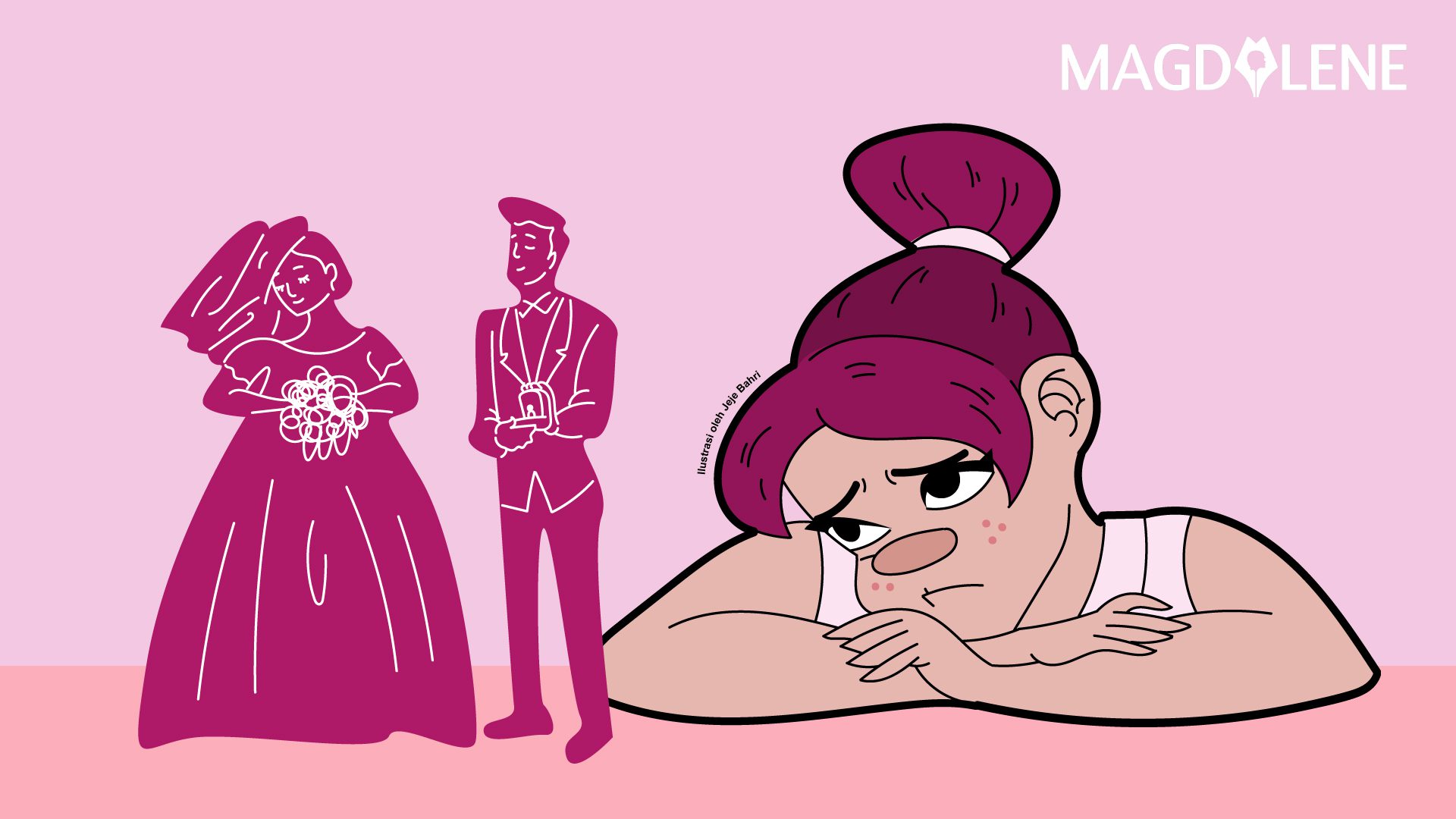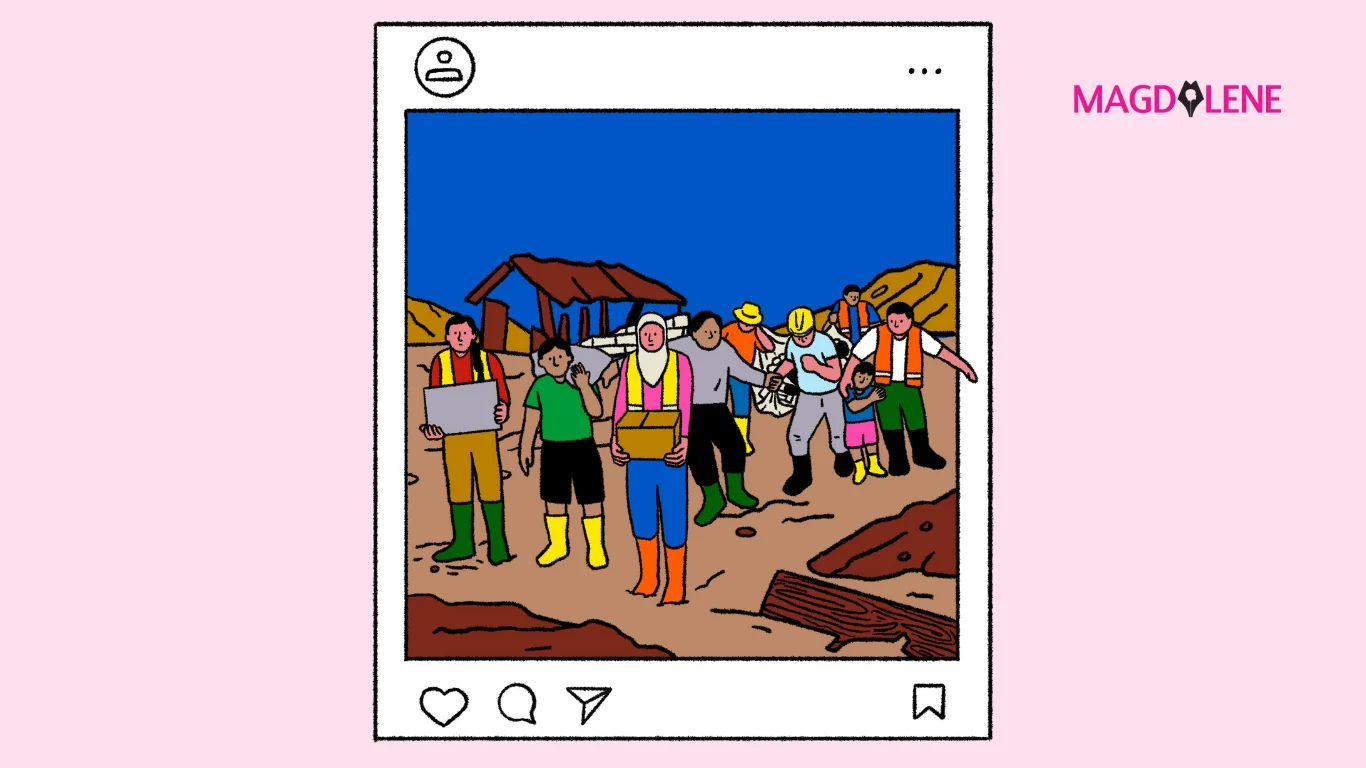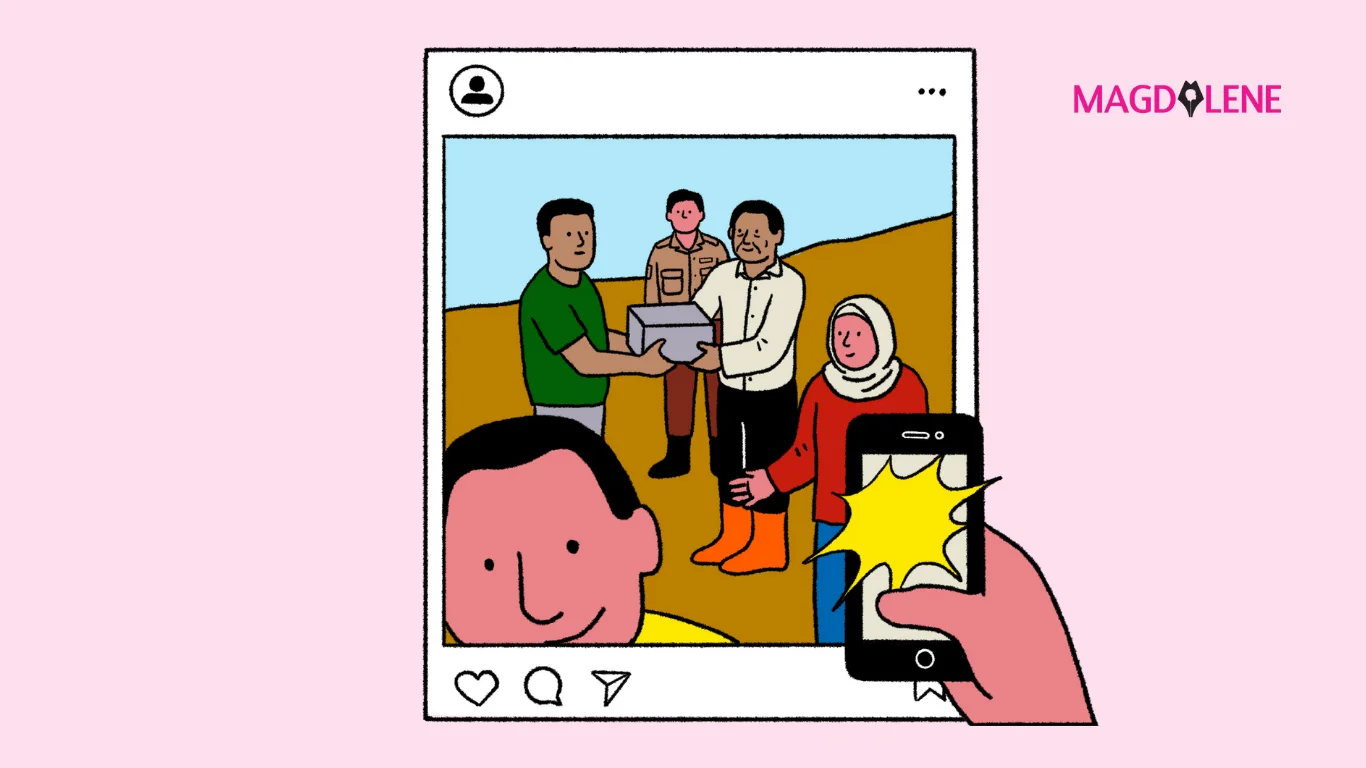False Truth: Confronting History’s Cruel Treatment of Gerwani Women
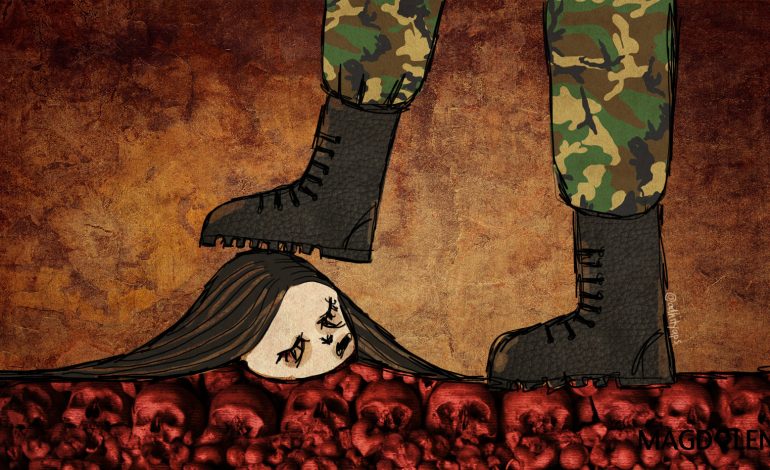
September 2012, I visited for the very first time the Monumen Pancasila Sakti at Lubang Buaya. Although this was the first time I had been to Lubang Buaya, those two words – “Lubang Buaya” – were so familiar to me, they were almost seared into my mind. I first began to hear about the place in primary school in the 1980s, when we sat through Pancasila Morality classes. In history class we had to study the national historical event, namely the 30th September Movement, or as it was known in the formal curriculum, the G30S/PKI.
The short version is that I had to remember that this was the date that the New Order was established, when “PKI (Indonesian Communist Party) rebellion” was crushed under the leadership of General Suharto. The story we were told in school was that the rebellion was led by Aidit, that it rocked the whole country, that it began at Lubang Buaya and resulted in the assassination of seven generals, who were posthumously granted the title “Heroes of the Revolution”
The museum, which I visited with a friend, comprised two areas. The main building was the Museum of the PKI Rebellion, a two-story building packed with a diorama presenting a version of that dark piece of history. The other areas centered on the Lubang Buaya Monument, where a statue of the “heroes of the revolution” and an accompanying diorama depicting the torture of the generals stood.
As soon as I stepped inside, all my memories from primary school came flooding back. Looking at the scenes in the diorama and reading the texts that accompanied each scene, I recognized a version not too different from what had been taught at school in the 1980s. The diorama was described as a monument to the history of Communist treachery from 1926 until 1965, conveying an image of a brutal and sadistic PKI vs heroic Armed Forces.
Also read: Facing Up to the Truth About What Really Happened in 1965
I looked for any information on Gerwani, but there was not a single item of information anywhere. My memories of the story of the “G30S/PKI” from school always involved Gerwani. We were taught in class that the immoral, degenerate, and devilish women of Gerwani slashed the general’s penises and gouged out their eyes. During this period I never really understood what this thing Gerwani really was. I had no idea that it was actually an organization whose members were all women.
From the time I heard story of penises being slashed, and eyes gouged, the words “Gerwani”, like “PKI”, aroused a sense of fear and of something forbidden in me. One avoided at all costs ever saying those two words. All I had to as a student was to remember all the important historical dates for school tests.
This sense of fearfulness and something forbidden were heightened even more when one day, all the school children were taken to the local cinema to see the film by Arifin C Noor “Pengkhianatan G30S/PKI” (Treachery of G30S/PKI). It marked was the first time I had ever been to the cinema in my hometown Purwokerto. There must have been tens of thousands of children throughout the country sitting, for their first time in their life, in a darkened cinema watching the bloody, horrific scenes in the film. Even today I still can vividly picture a Gerwani woman in a scene in Lubang Buaya torturing a general and saying in a cold, ruthless tone: “Blood is red, General!”
What about after September 30?
As I walked around the museum, my mind went back to those classroom lessons. I think we were only ever taught that the “incident” took the lives of seven generals and officers, and a young girl, Ade Irma Nasution, the daughter of one of the generals. Not much else was explained clearly. There was just a vague sense of hearing that people who were thought to be in the PKI or Gerwani were arrested. Perhaps I was too young to understand more. My duties then were to go to school in the morning, the madrasah classes in the afternoon, and to learn to recite the Holy Quran at night.
By the time the New Order government fell, I was an adult who had had the chances to expand my horizons by reading and by mixing with a wide range of people. I had encountered many kinds of people, among them those who had been imprisoned following the events of Sept. 30. I came to learn there was another story behind what I had been taught at school. Beyond the story of the killing of the seven generals and the heroism of General Suharto, there was the stories of Buru Island prison camp, of Plantungan Women’s Prison, of prisons everywhere –stories of torture and trauma. Sad and painful stories of hundreds of thousands, even as many as 2 million Indonesians imprisoned, tortured, and killed, suffering in exile, or facing rejection because they were accused of being PKI or Gerwani.
Also read: ‘Pengkhianatan G30S/PKI’ a Warning Against Military Fascism
These stories were never taught to us at school. Only the official classroom stories of those immoral women dancing naked before slashing the generals’ penises and gouging their eyes out. Even today, a women seen as being too daring, who go out late into the night may be labeled a “gerwani.” But if people know what Gerwani is, even what they stood for, they may have a different imagination of it.
Gerwani is the acronym for Gerakan Wanita Indonesia or Indonesian Women’s Movement, a movement that is a valid part of the nation’s historical experience. At one point, it was the biggest women’s organization in Indonesia (maybe even in the world) with 2.5 million members. Their activities included literacy programs, running kindergartens, and advocating equality between women and men. Politically, Gerwani supported the programs and policies of President Sukarno. Umi Sardjono was Gerwani’s president, and Sulami was the secretary-general.
If Gerwani was an organization whose activities comprised advocating the emancipation of women and supported the Sukarno government’s policies, how did it become so vilified and reduced to this horrible image of blood-lusting women?
I have since learned that the penis-slashing, eye-gouging stories were lies – lies that were consciously spread and repeated over and over again. In the 1980s the autopsy reports by the Armed Forces-owned hospital of the assassinated generals were published. It revealed neither evidence of cutting of their private parts or nor of eye-gouging. I read the translation of each of the autopsies that were published in Cornell University’s Indonesia journal. The generals had been shot dead; some had other minor injuries. The supposed sadistic torture by the Gerwani women had never taken place.
Like millions of other Indonesian children, I had been lied to at school. Instead, a research by Saskia Wieringa, a professor at the University of Amsterdam, found that thousands of Gerwani members were tortured and sexually abused in prison under the New Order regime.
Based on her research and interviews with Gerwani survivors, Wieringa found a pattern of horrific sexual abuse, including rape, forced oral sex, and being forced to dance naked while being photographed. One of the Gerwani leaders, Sulami, in a filmed interview, told of how she had to stand naked while soldiers threw knives at her – barely missing.
Learning from Mistakes
How could all this have happened in a country I love so much? How could a country conduct a genocide of its people and viciously slandered women who were fighting for what they believed in?
These questions haunted me day and night? To disagree, to campaign against an ideology and viewpoint one doesn’t agree with – that is a part of a political life, and such rights should be protected by the law. But why did this lead some people to carry out this ruthless mass annihilation?
Gerwani members and their families have suffered great trauma because of the discrimination and stigmatization they have experienced after their release from prison. The deep and widespread stigma paints PKI members and their families or those related to them as inherently immoral and bad. The anti-communist sentiment and black propaganda were sustained for four decades.
As part of the indoctrinated generation who for a long time accepted the official version, I began to meet survivors and their families. I read more books based on scholarly research, and it has helped show me another reality. I have also gone back and read some of the newspapers of the day, reading horrific and bizarre lies and stigmatizations, even in so-called reputable newspapers.
I visited the Plantungan Women’s Prison Camp site, where Gerwani women were imprisoned for more than a decade. Talking with the survivors has revealed so many tales of horror and inhumanity, and many of the sufferings were inflicted on them precisely because they were women. Women and their sexuality are so often held to be the cause and origin of all chaos.
What the Gerwani women experienced was a crime against humanity that has never been acknowledged and rarely spoken about. There are women who were members of Gerwani, or accused of being members, who still survive today. After their release from Plantungan prison camp, they still suffered stigmatization and discrimination. Many of them now are in their twilight years; in their 70s, 80s, or even 90s.
A truly great nation, a great people do not only celebrate their heroes; they also have the honesty to recognize the evil and injustice that have been perpetrated by the state and its people, and which has caused so much suffering among the people. A great people is one that can learn from its mistakes
*A short version of this article has been published in The Jakarta Globe newspaper and website on October 2, 2012.

